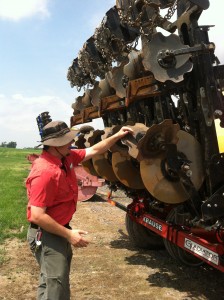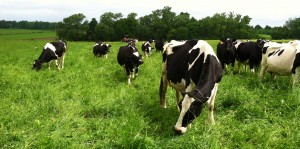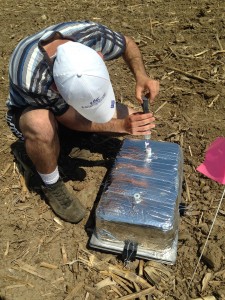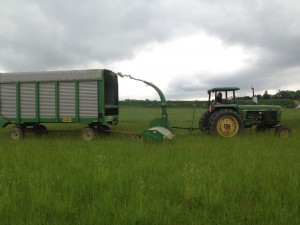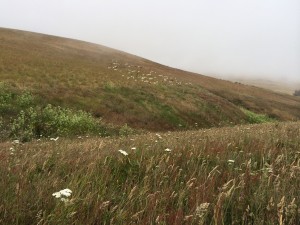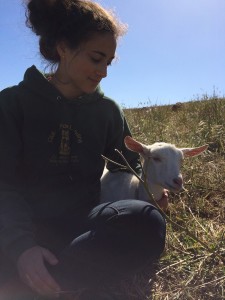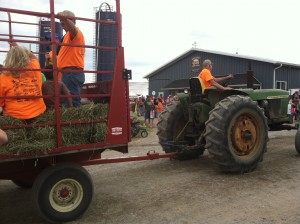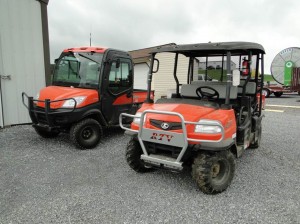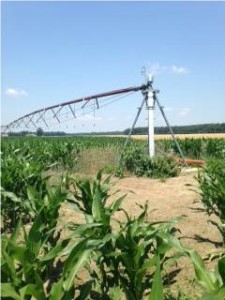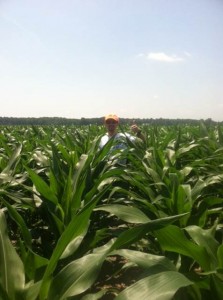Last Saturday was the hops conference here at CLEREL and it was a success! Aspiring growers came from across New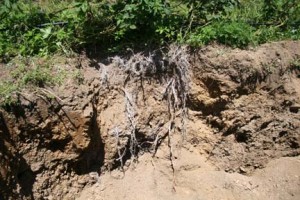 York, as well as from Pennsylvania and Ohio. The morning consisted of speakers talking about basic hop topics, such as the actual planting of the hopyard, nutrition, and the economics behind starting a yard and marketing the hop cones at the end of the growing season. Most of the literature search I have done has been focused on the science side of hops, so it was really beneficial to learn about the actual planting and the processes that go into managing and marketing a hopyard.
York, as well as from Pennsylvania and Ohio. The morning consisted of speakers talking about basic hop topics, such as the actual planting of the hopyard, nutrition, and the economics behind starting a yard and marketing the hop cones at the end of the growing season. Most of the literature search I have done has been focused on the science side of hops, so it was really beneficial to learn about the actual planting and the processes that go into managing and marketing a hopyard.
The afternoon took place outside in the hopyard with separate stations. One station had two experienced growers asking questions, one was a pit dug next to several hop plants with the roots exposed to show their structure. Hop plants grow via rhizomes, which are essentially stems of the plant that grow underground and the roots and main stem then sprout from the rhizome. The photo above shows the root structure spray painted white. The other stations discussed irrigation techniques and trellis construction, while I led a station discussing my research project and scouting protocols (photo to the left). I think all of the attendees had a good time and learned a lot, I know I did!
which are essentially stems of the plant that grow underground and the roots and main stem then sprout from the rhizome. The photo above shows the root structure spray painted white. The other stations discussed irrigation techniques and trellis construction, while I led a station discussing my research project and scouting protocols (photo to the left). I think all of the attendees had a good time and learned a lot, I know I did!
This past week I helped with a lot of pest scouting in grapes. On Monday, I scouted for rootworm alongside the fieldworkers. Despite not finding any last week, there was evidence of rootworm this week and we brought some samples back to the lab. I also helped Kim, whose main job is mapping, put together pest traps, which we set up in several vineyards and nurser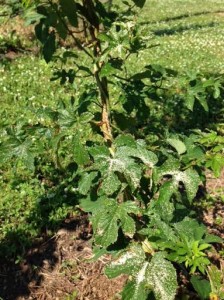 ies on Tuesday. The goal of the traps is to find and identify different invasive species, but the traps have been put out in past years and none have been found. In a couple of weeks we will go back and see if there is anything in them.
ies on Tuesday. The goal of the traps is to find and identify different invasive species, but the traps have been put out in past years and none have been found. In a couple of weeks we will go back and see if there is anything in them.
A continual effort has been made to collect leaf samples from the hopyard and count spider mites, just as I have done the past two weeks. This week I did see several, but not enough for them to be causing any kind of serious damage in the yard. The economic threshold for June is 1-2 mites per leaf, so I’m not even close to that number yet, as I would have to be finding over 400 mites, but I know they are coming. Like spiders, twospotted spider mites spin webs and move with the wind using spinnerets, so once they get moving, they will move quickly. I released the predatory mites on Thursday, both N. californicus and N. fallacis. They came packaged with corn meal (photo to the right) to add weight and volume when they are sprinkled on the plants. I kept several of each species on a slide and will have to really study their unique and defining characteristics to make sure I can tell the difference when I find them in the field.








